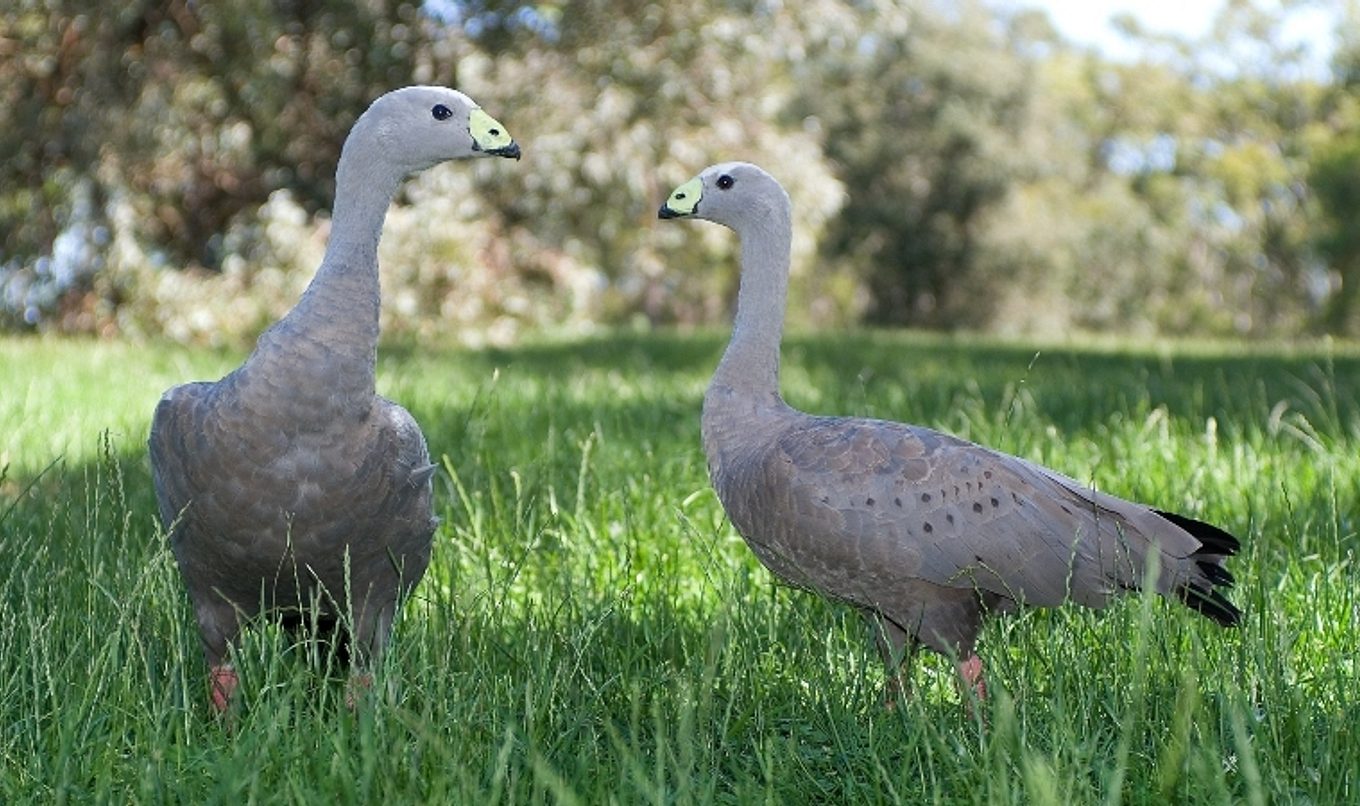Aerial surveys to capture Cape Barren geese numbers
Aerial surveys will take place across the state over the next few weeks to estimate the South Australian population of Cape Barren geese.

The aerial surveys, to be conducted over lower Eyre Peninsula, the Lower Lakes and Kangaroo Island, will be the first time in 20 years that local populations have been assessed.
Principal Ecologist of Wildlife Management with the Department for Environment and Water, Karl Hillyard, said the surveys beginning Monday February 15 will assist in determining if geese populations have increased in South Australia during that time.
“It is understood that South Australia’s population of Cape Barren geese has increased since the 1950’s following their listing as a protected species, and activities like habitat protection works and efforts to remove threats from their breeding sites” Dr Hillyard said.
“The population is now known to be in the thousands, with the last survey in 2001 indicating around 10,000 geese dispersed across Southern Australia.
“This aerial survey will give us a much clearer estimate of numbers in our state, knowledge which will be vital in informing future management policies for the species.”
Dr Hillyard said that low-level aerial surveys, flying at about 250 feet, will be needed to count the geese, and landholders should not be concerned if they see a light aircraft flying at low levels.
Within South Australia, the majority of Cape Barren geese breed on off shore islands during winter and then disperse to the mainland in summer.
The Department for Environment and Water manages Lawari Conservation Park, a 1200 hectare reserve on Hindmarsh Island, which provides a suitable habitat for Cape Barren geese and is an area they are known to frequent.

